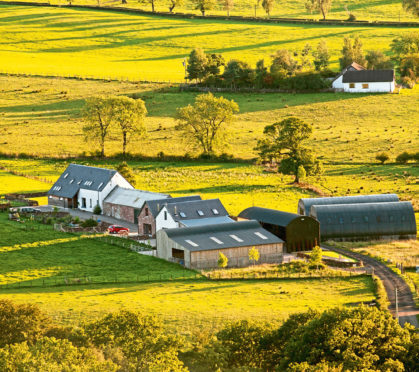Almost a sixth of Scottish farm tenants who responded to a government survey have described the quality of their housing as poor or very poor.
Just over half of tenants said their housing was acceptable and a third said it was very good or excellent, although landlords perceived only 3% of occupied houses to be poor and none to be very poor, and reported half of all housing very good or excellent. The cost of bringing the country’s agricultural tenancy housing up to standard has been estimated to be around £146 million, but at the moment farmhouses are not covered by housing legislation.
However the Scottish Government plans to take steps to ensure they meet the basic standard for living accommodation by 2022, and by 2027 they will have to meet the higher standard demanded in the private rented sector.
Agricultural landlords pledged to work constructively with Scottish Government and others to improve housing stock on farms after a summit on the issue held by Rural Secretary Fergus Ewing, Housing Minister Kevin Stewart and industry stakeholders
Scottish Land and Estates executive director Sarah Jane Laing said it was necessary to find a way to improve some farmhouses on tenanted properties.
She said: “The majority of tenants and landlords stated in the survey that the condition of housing was either excellent, very good or acceptable. However, the fact that 14% of tenants described their houses as being in poor or very poor condition shows there is an issue that has to be addressed.
“Everyone should have a safe, good-quality home and that is a shared objective that needs to be achieved without damage to farm businesses.”
NFU Scotland policy manager Gemma Cooper said: “Work needs to be undertaken to highlight the level of funding that may be available at a local authority level for improving tenanted housing. Given the cost involved, investigating a low-interest loan scheme also merits examination.”
